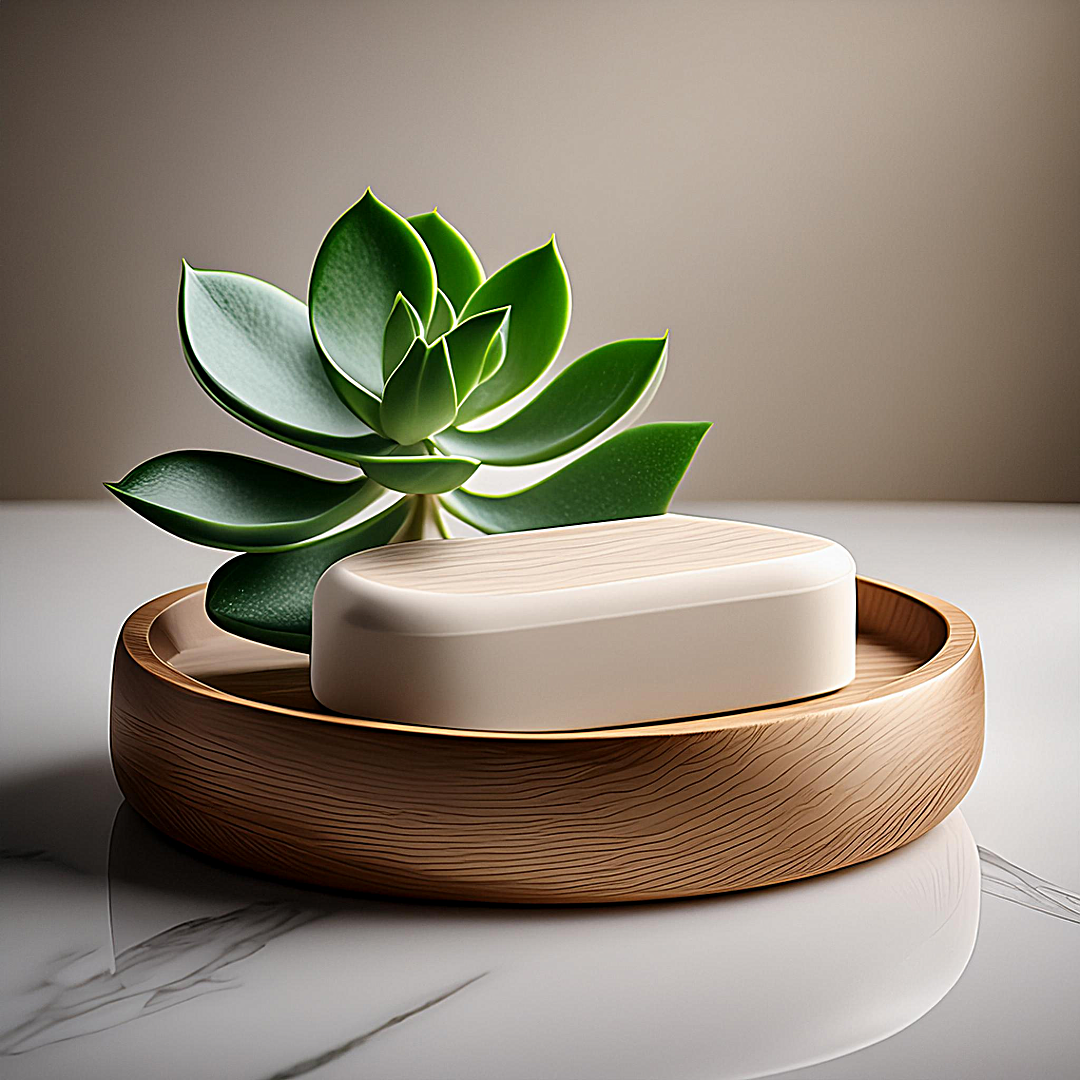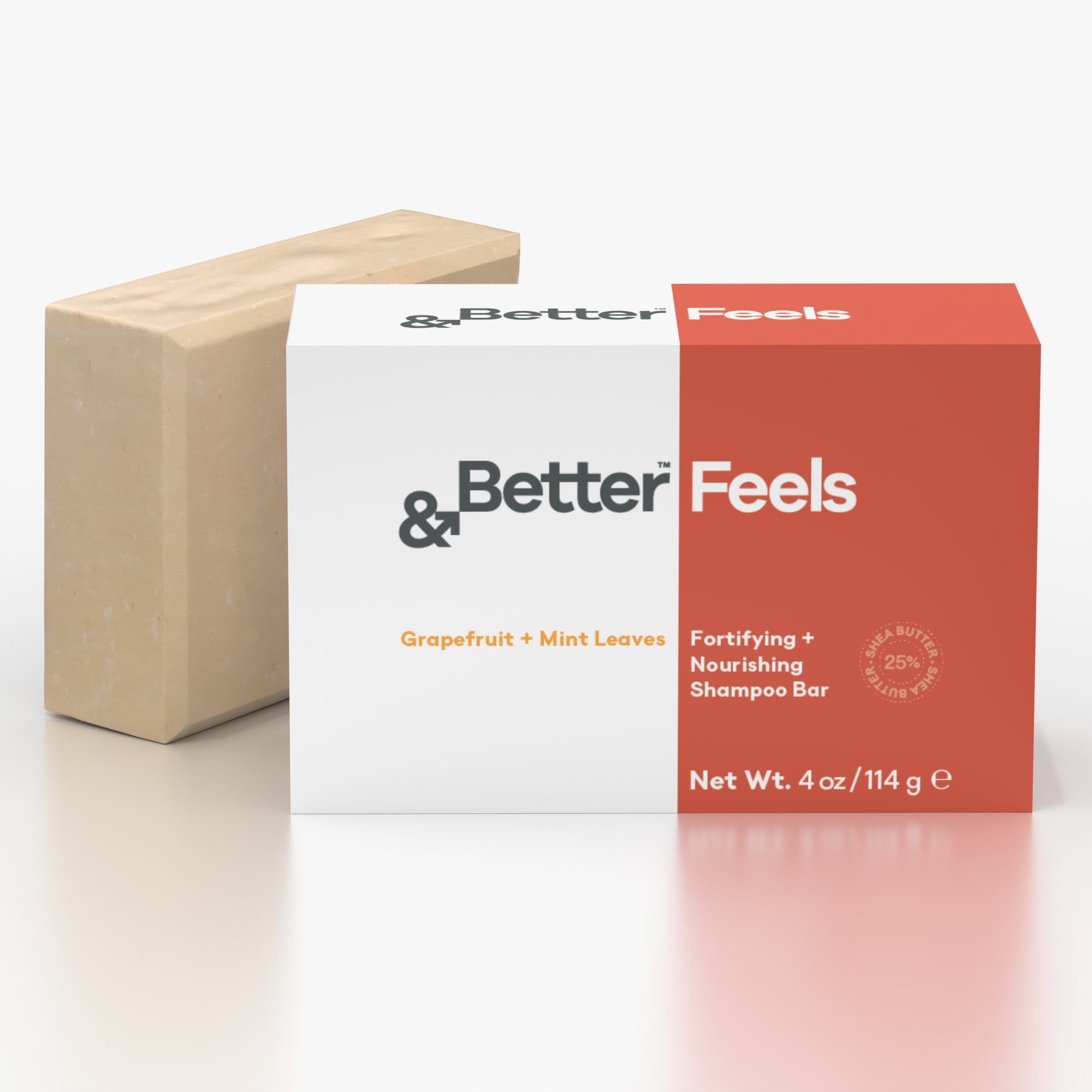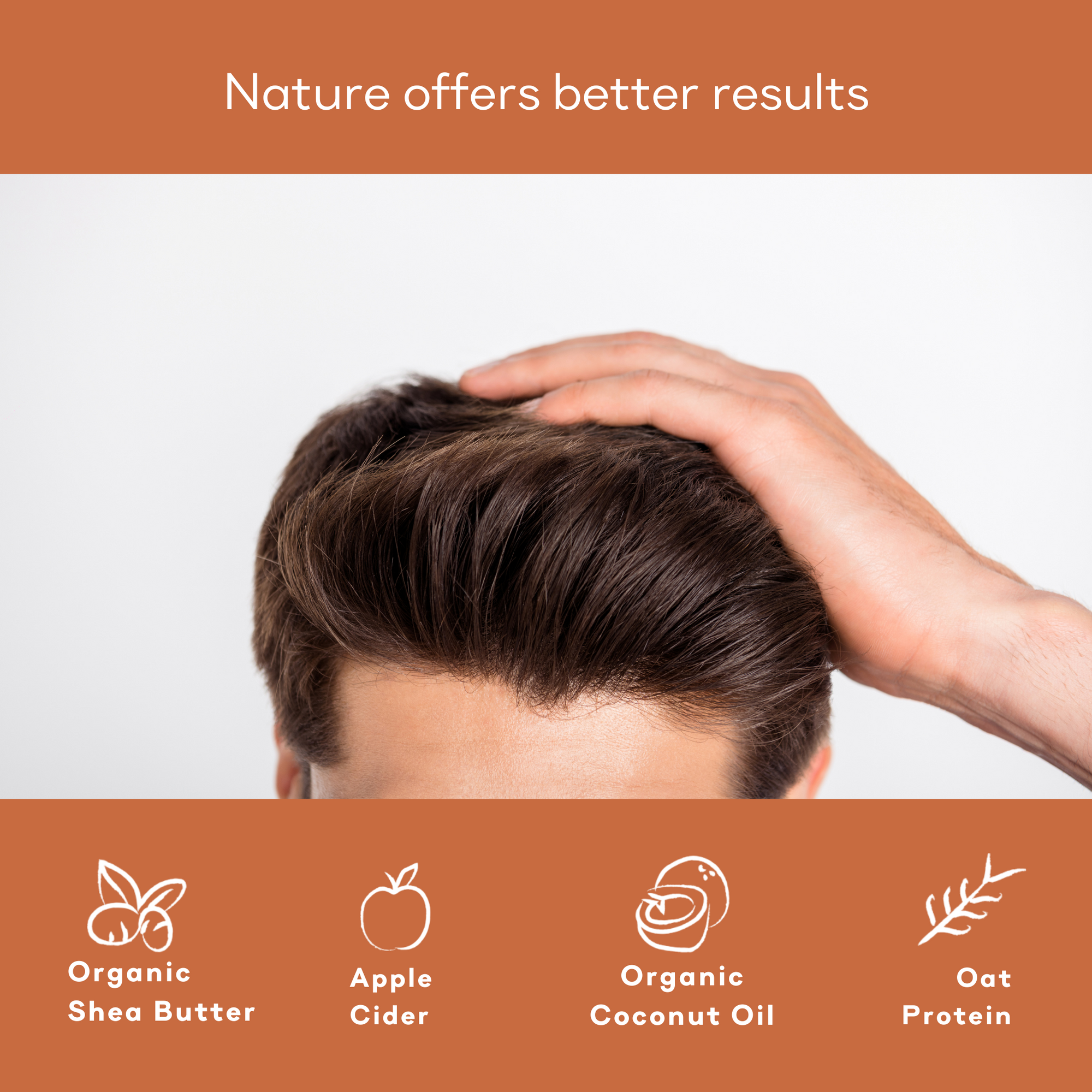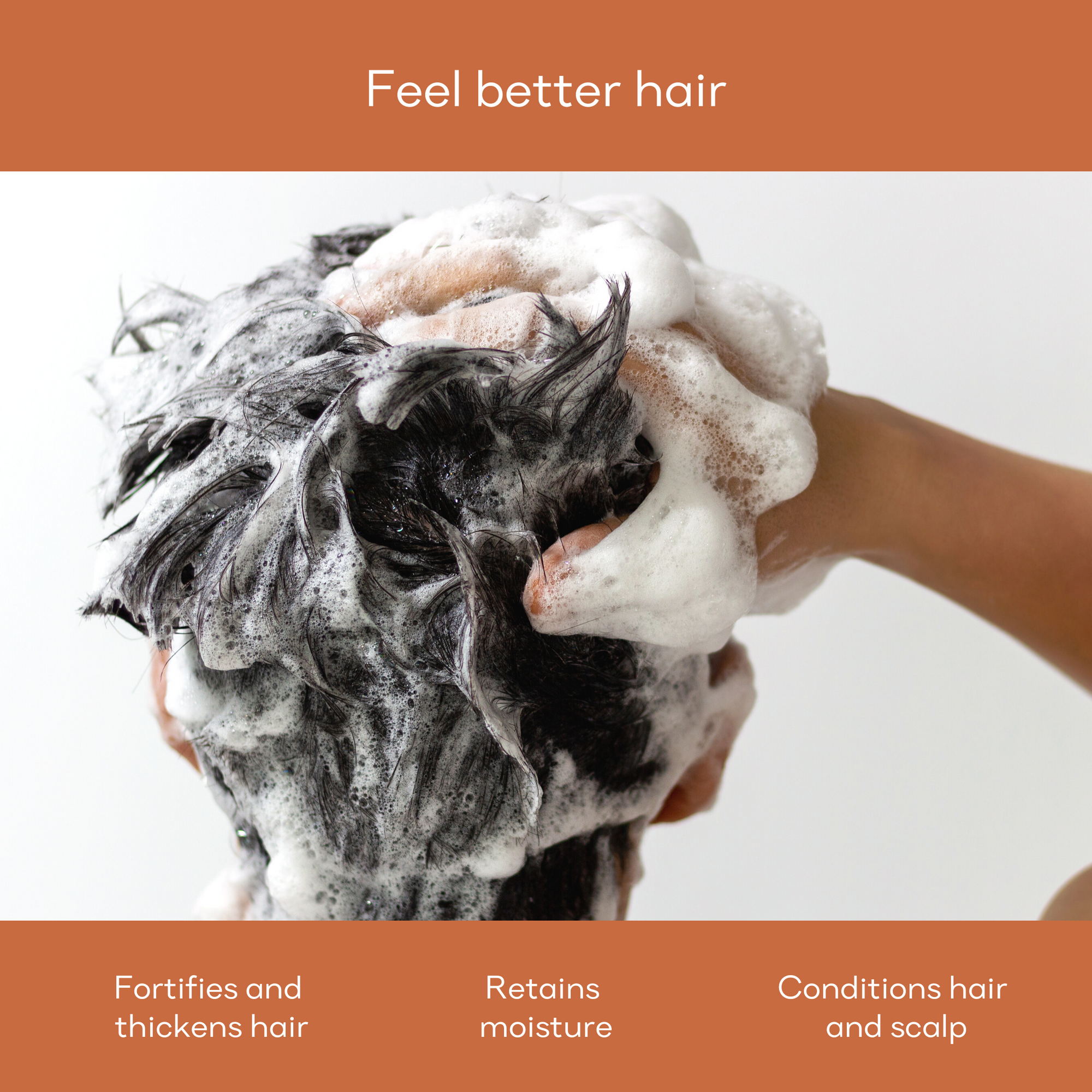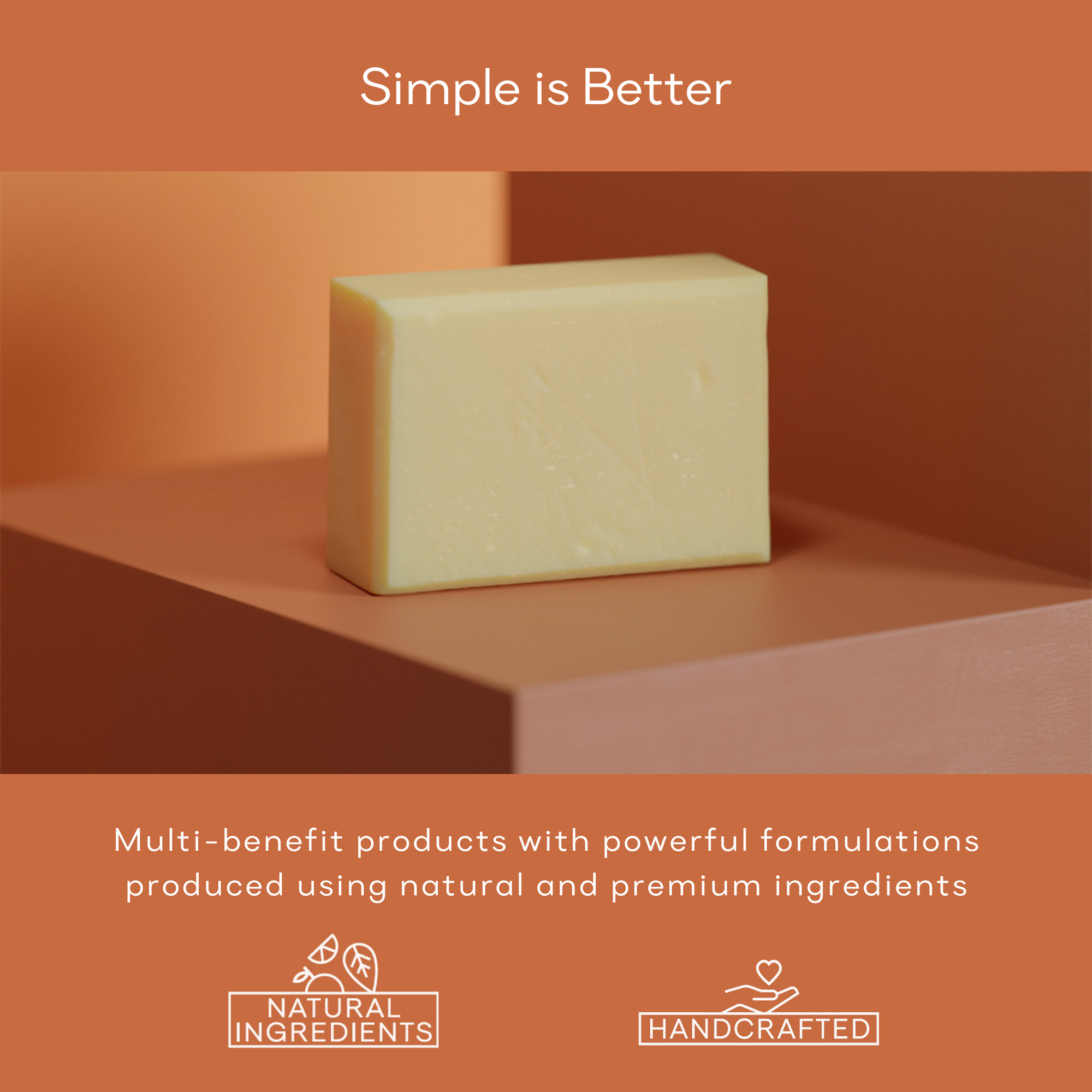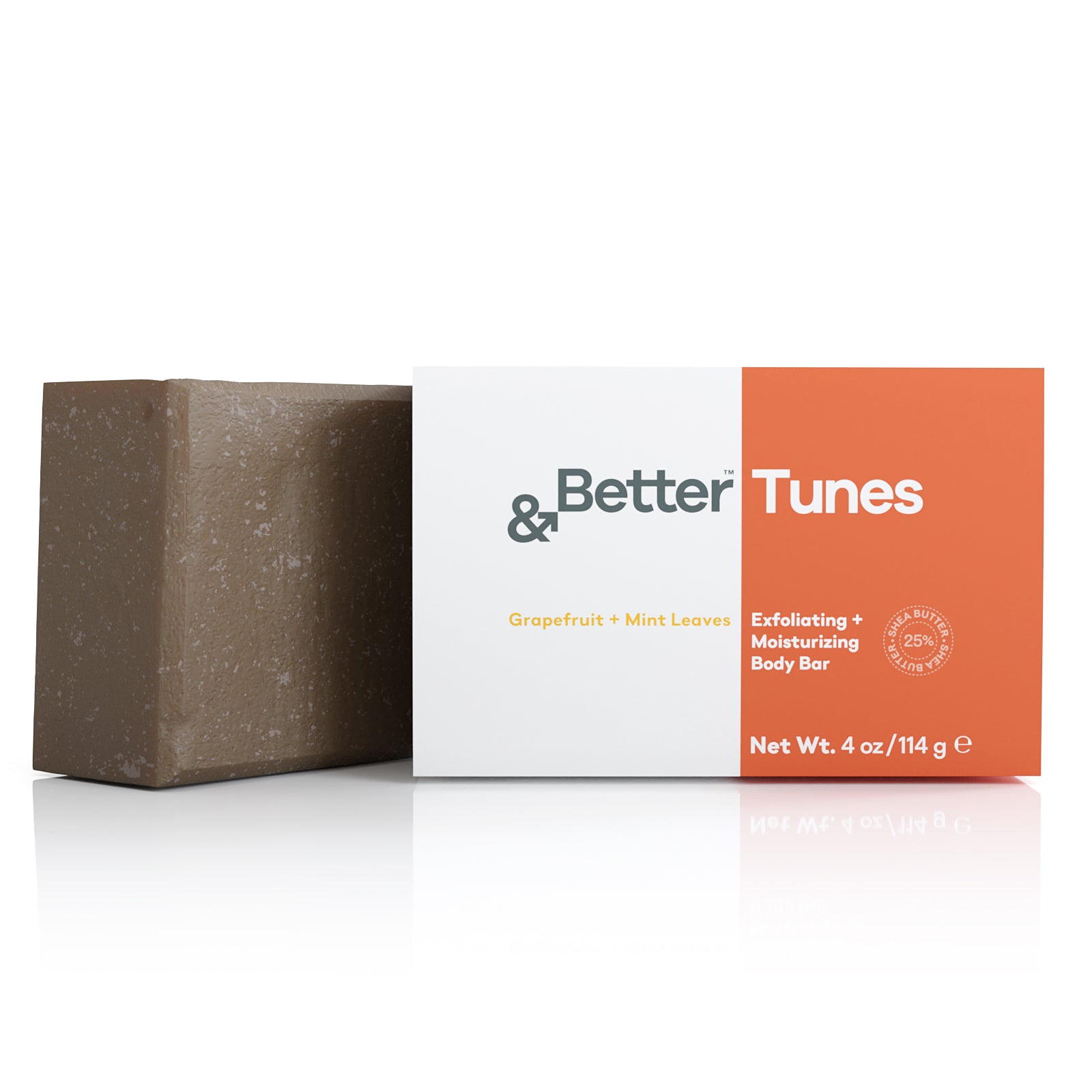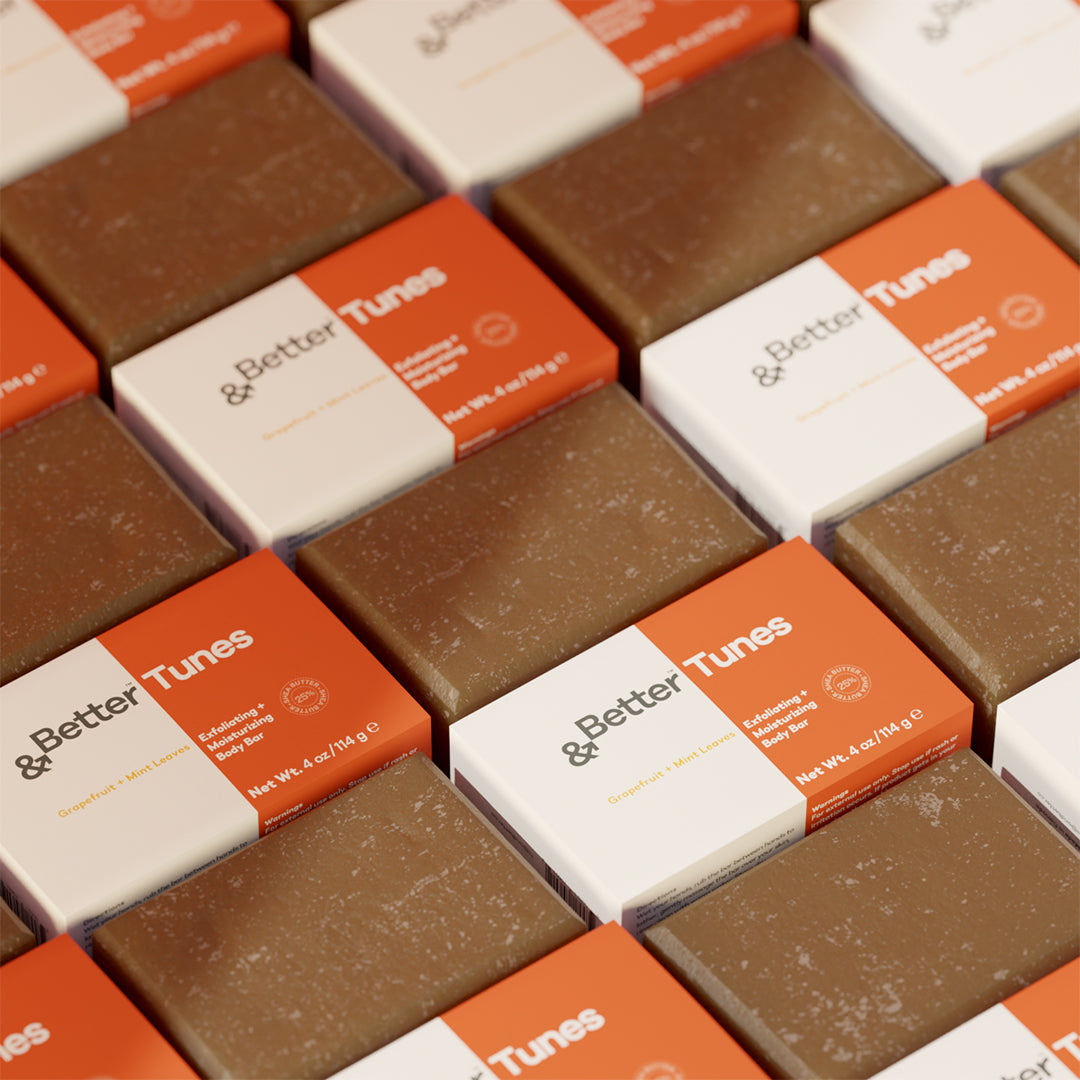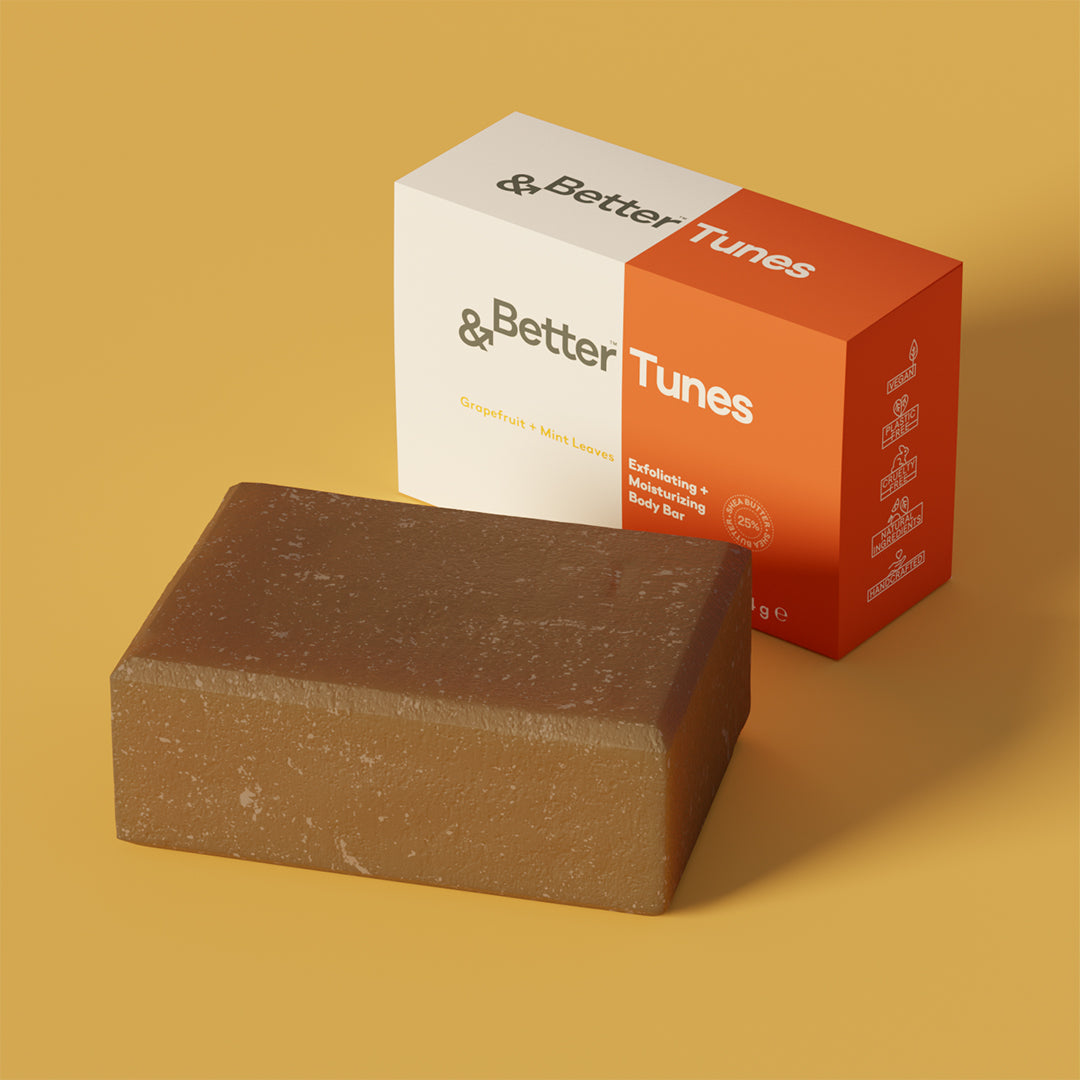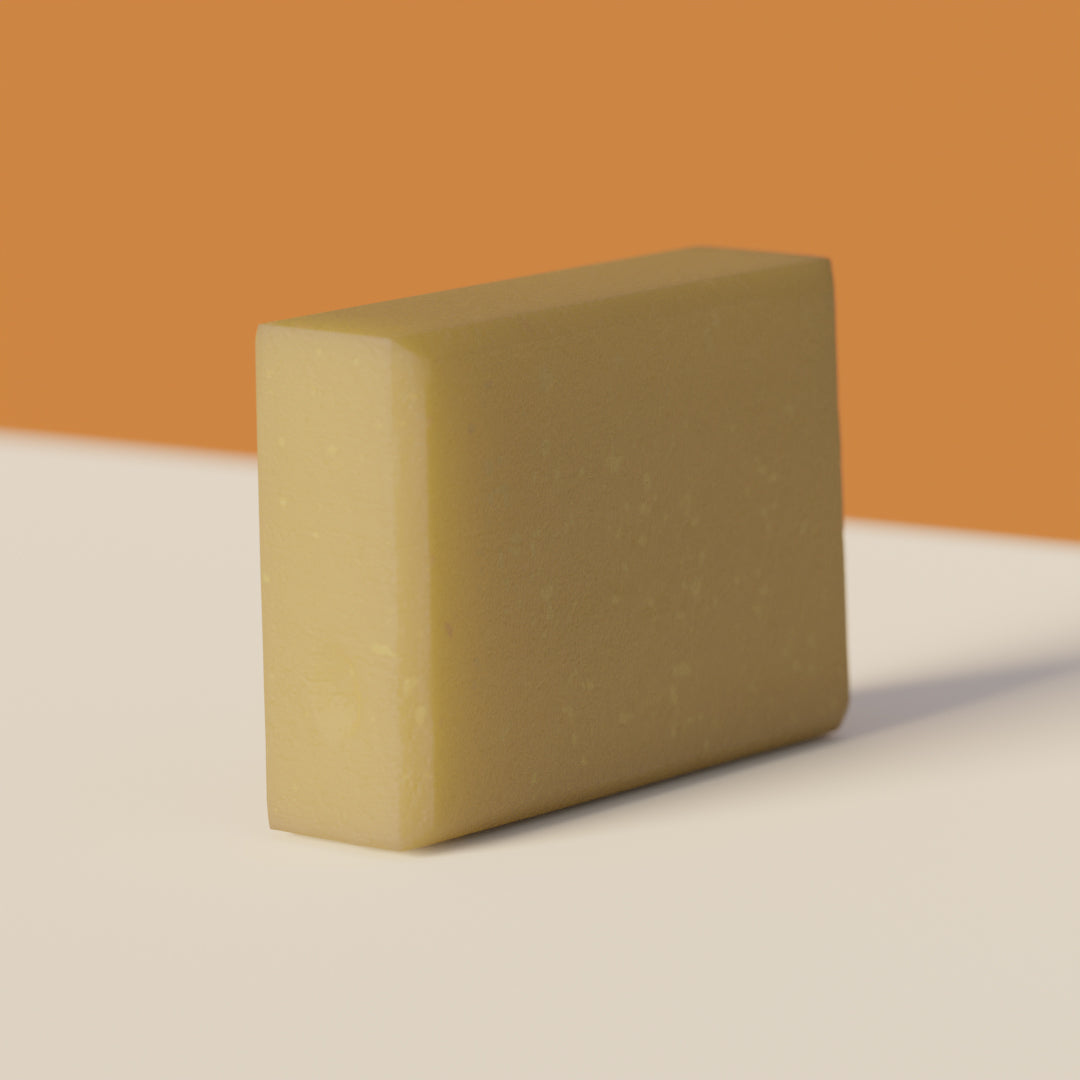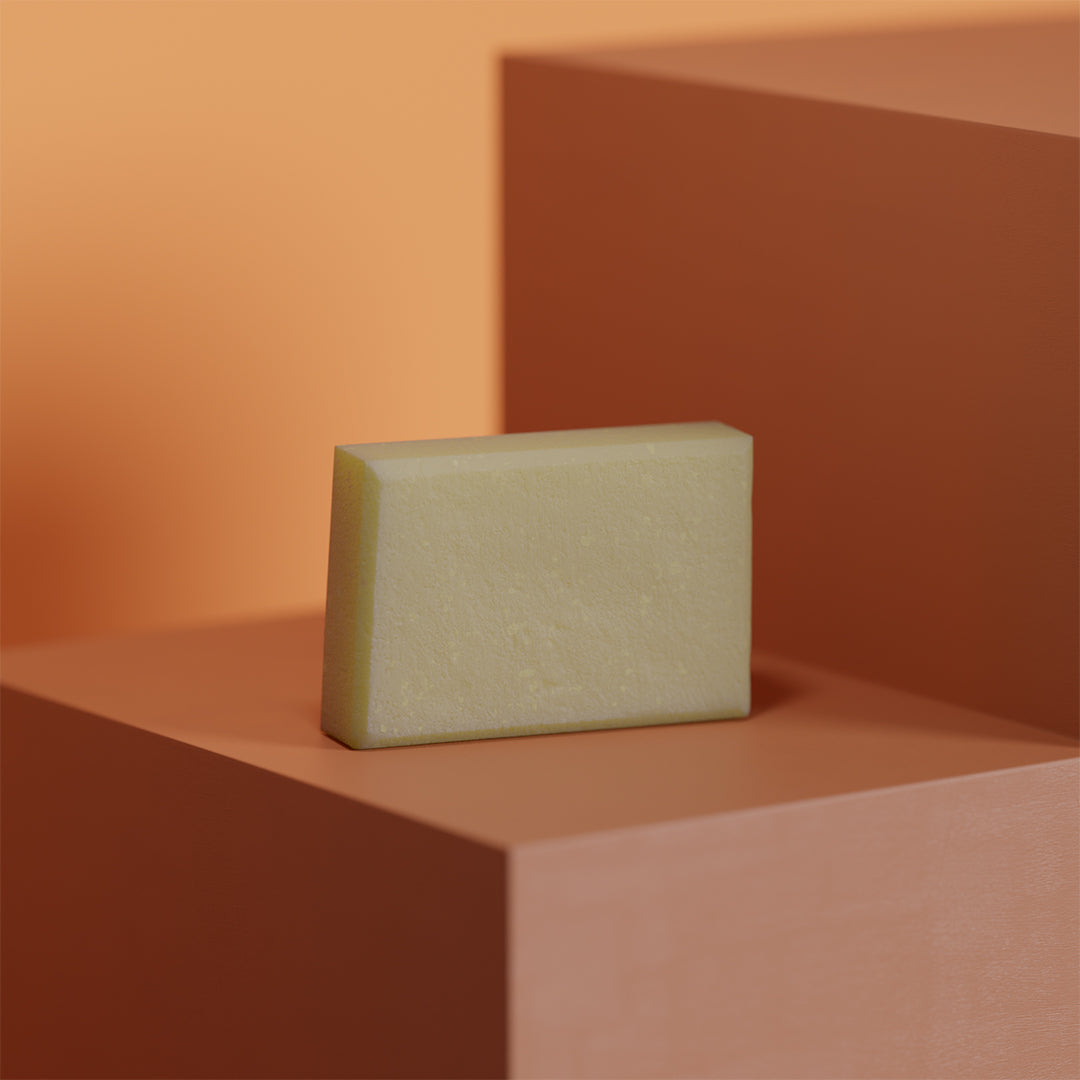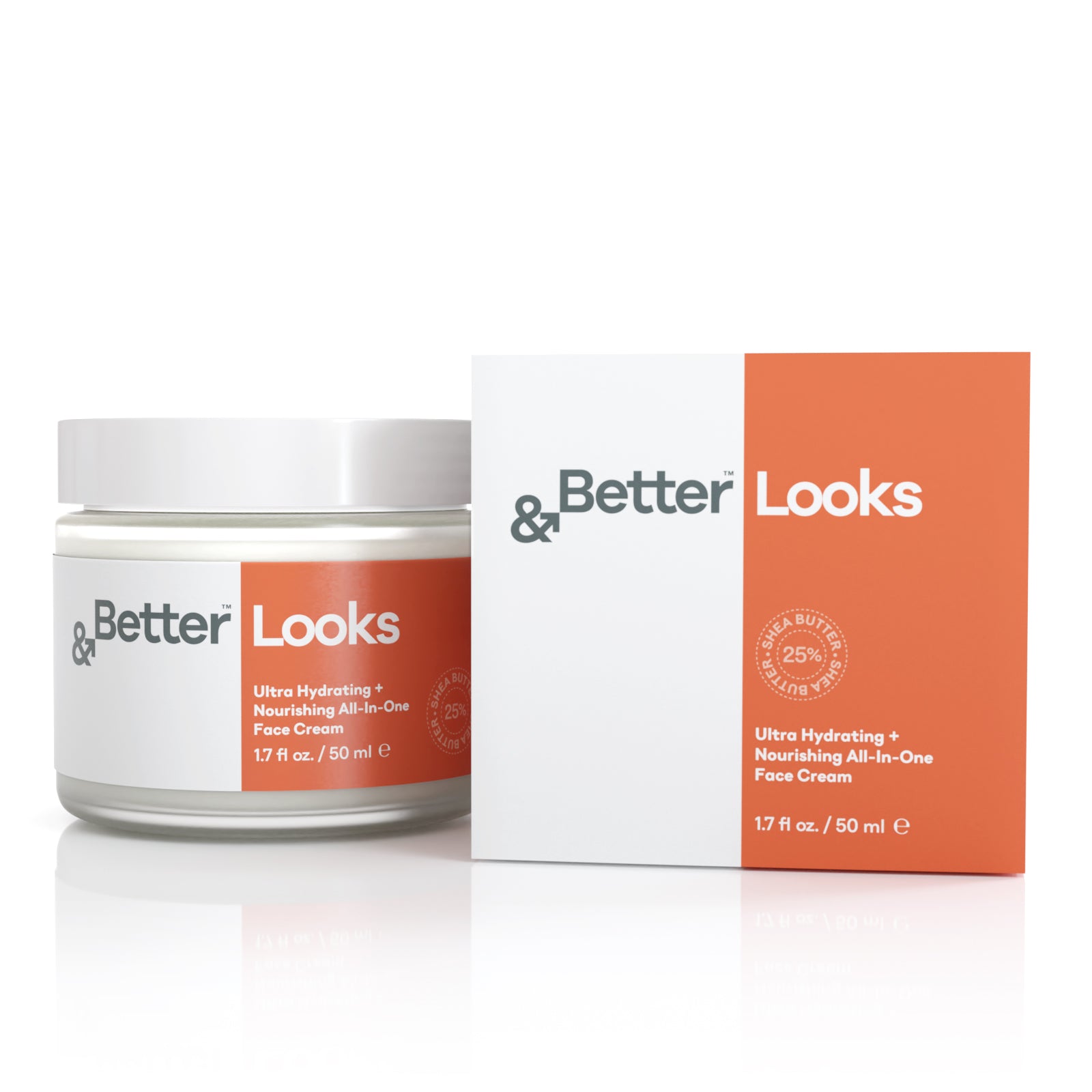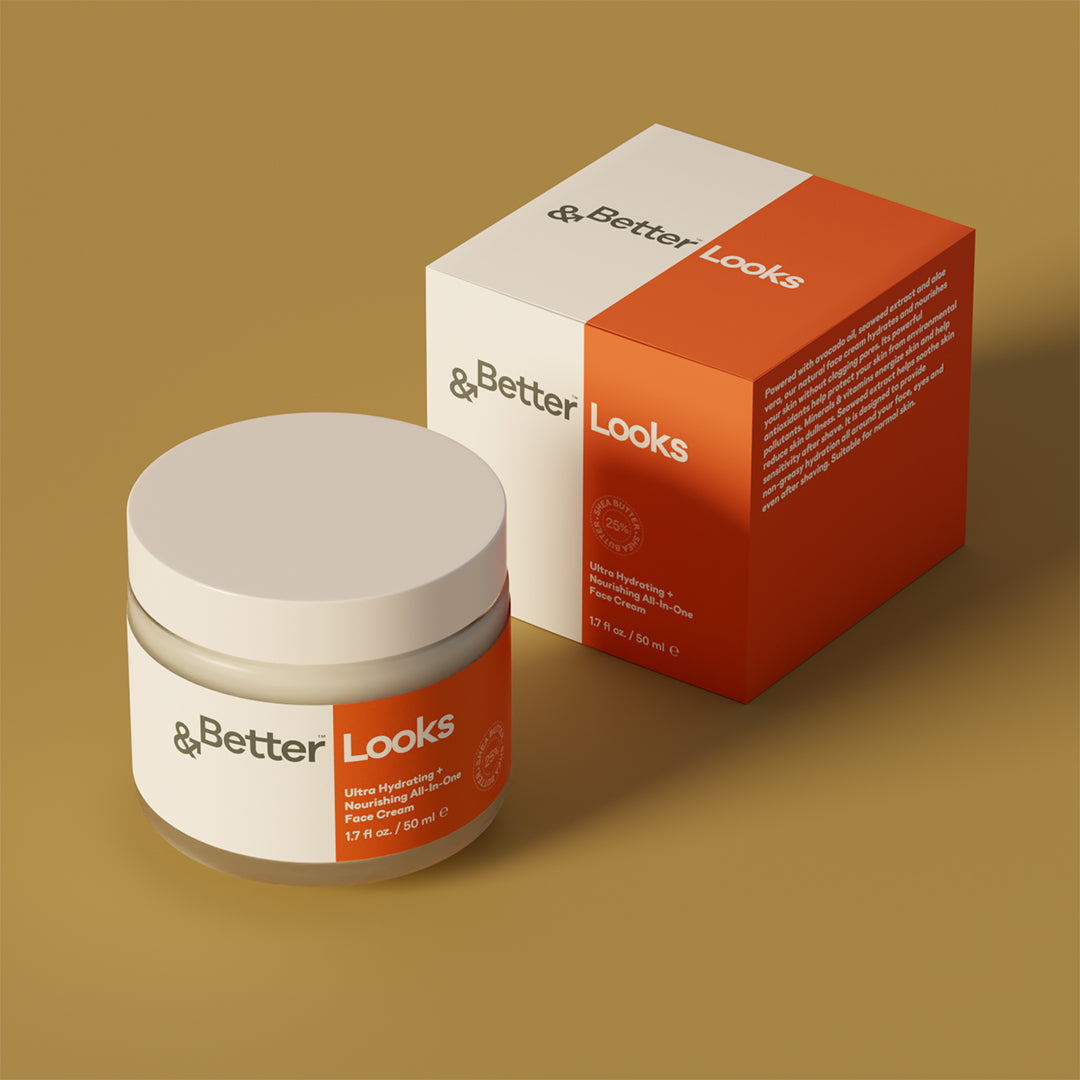When you think of soap making, you might imagine large vats boiling at extreme temperatures, with soaps being produced quickly and inexpensively. While this method is common and cost-effective for mass-produced, commercial, heat-processed soaps, it often sacrifices the nourishing and natural qualities that your skin craves. At &Better, we invite you to enter the world of cold-process soap making - an artisanal approach that prioritizes quality, natural ingredients, and the gentle touch of a skilled soap maker.
What are cold process soaps?
Cold process soap is a handcrafted treasure, created by carefully combining oils or fats with an alkali substance like sodium hydroxide (lye). Instead of a hurried, high-heat process, this labor of love is poured into molds and left to cure for a few weeks, allowing the soap to retain its beneficial properties and luxurious texture.
History of soap making and what goes wrong with commercial soaps
The history of soap making started a very, very long time ago, around 2800 B.C. That's when people found something like soap in a place called Mesopotamia, which is now Iraq. The people back then made soap by mixing animal fat and ashes from trees, just like what they wrote on a piece of clay from 2200 B.C.
Fast forward to 600 A.D., people started making new kinds of soap, and special groups called guilds were formed to share their knowledge. By the 8th century, there were soap factories in Italy and Spain, and later in France and England. Finally, soap was something most people could use.
In the 19th century, making soap became even easier and cheaper, thanks to something called the Industrial Revolution. This meant that people started buying soap from stores instead of making it at home. In the 20th century, a company called Procter & Gamble made soap making even faster with an innovation called the continuous process, which is still used today.
However, the rapid rise of industrial soap production came at a price. The pursuit of efficiency led to the loss of the artisanal touch, the very essence that made traditional soap so revered. Commercial soap production now resembled an impersonal science experiment, with giant vats of chemicals boiling at extreme temperatures. The resulting saponification process, responsible for creating glycerin, became too rapid to accommodate fresh, natural ingredients.
As a consequence, a growing number of discerning consumers began to crave the authentic experience of handmade, cold-process soaps. These artisanal alternatives offer a more natural, eco-friendly option, and allow for the use of fresh ingredients that enhance the soap's quality and fragrance.
Cold process vs heat process soap making
Bar soap can be crafted using two primary techniques: the hot process, typically associated with commercial soaps, and the cold process.
The hot process - just imagine huge vats boiling at extreme temperatures - resembles a chemistry lab more than a craftsman's workshop. This method speeds up saponification—the process responsible for creating glycerin—but makes it nearly impossible to incorporate fresh ingredients. Although hot process soaps can be natural and traditional, major manufacturers often choose mass production over quality.
A cold process like the one we use at &Better is much more hands-on, and, in a way, artistic. There are three major differences between the two soap-making methods: Nutrients, Quality Control, and Scents.
Cold Process Soaps Offer More Nutrients and Benefits
Just like cooking, having the best ingredients is not enough, the way you process the ingredients is just as important. It will impact how beneficial and nourishing the soap is.
Duing heat process soap making, the high heat will destroy some of the helpful compounds in the natural oils and ingredients, leading to a less nourishing final product. How high is the heat? It’s around 180-200°F (82-93°C), a step taken by big corporations to speed up the soap-making process.
On the other hand, the cold process method is gently mixing natural oils and lye at low temperatures, around 100°F (38°C) or lower. This allows the oils and ingredients to retain their valuable nutrients and beneficial properties.
A group of researchers conducted a study entitled, Comparative Study of Cold and Hot Process Soap Making Methods on the Quality of Soap Produced" (Journal of Natural Sciences Research). They discovered some fascinating differences between the two methods.
They found that cold process soaps had a lower pH, which means they're gentler on the skin and less likely to cause irritation. They also found that cold process soaps had more moisture, which makes them more moisturizing for the skin compared to hot process soaps.
The cold process method created soaps that were softer and less dense. This could be because they had more of the beneficial oils and fats that contribute to a softer texture.
Greater Control over Quality
In the world of soap making, the cold process method stands out as a fine art that allows for greater control and quality. It's much like cooking, where the skill of the cook and their ability to control the process significantly impact the final result. With hot process soap making, there's limited control over the process. However, cold process soap making, with its longer time and lower temperatures, offers the flexibility and opportunity for exceptional quality control.
Our Chief Product Officer, Gifty Serbeh-Dunn, who has over 20 years of soap making expertise, is a true artist in this field. She always says, "the soaps are not just science; they are art. They are my babies that I carefully tend to for weeks." Thanks to her, the cold process soaps we create at &Better are not only crafted with precision but also with a touch of love.
Great soap making requires meticulous control of the ingredients used, as well as time and temperature management.
Producing a mild and skin-friendly product with the cold-process method requires precise measurements of lye (sodium hydroxide) and fat. For example, if there is excess unreacted lye in the soap, it will result in a very high pH and can burn or irritate the skin. On the other hand, if there is not enough lye, the soap becomes greasy. In the cold process method, maintaining an appropriate temperature for saponification is also crucial. After the lye and fat have been mixed, this mixture may be kept warm to ensure that the soap is completely saponified.
This level of control and attention to detail ensures that each bar of soap is a true work of art, offering superior quality when compared to heat processed soap making.
Authentic Scents
Scents are an important aspect of soap, and this is where natural cold process soaps and commercial heat process soaps diverge significantly.
The study published in the Journal of Natural Sciences Research found that cold process soap had a smoother texture and a more pleasant scent compared to hot process soap.
Cold process soaps typically get their scents from essential oils, which are believed to have a wide range of benefits. These can include healing skin conditions, reducing wrinkles, balancing hormones, soothing muscles, and even alleviating pain.
In contrast, heat process soaps often lose the authenticity of their scents due to the high temperatures involved in their production. Commercial soaps are often forced to use synthetic scents, which can be chemically unidentifiable to consumers. Cosmetics manufacturers are not required by the FDA to disclose the potentially thousands of non-natural additives used to create specific fragrances. This lack of transparency raises concerns, as many manufactured scents contain a mixture of carcinogens, neurotoxins, allergens, and other dangerous substances. When you see "fragrance" listed as an ingredient, it's a concoction of chemicals – the only questions are how many there are and how harmful they can be.
At &Better, we take pride in using only natural essential oils in our cold process soap making, allowing us to bring the most authentic and calming scents to you and your family. Our delightful range of scents includes Grapefruit & Mint Leaves, Marine Dew, Afternoon in the Garden, Tropical Mist, and Sweet Tangerine. By choosing cold process soaps made with natural essential oils, you can enjoy the genuine fragrances and their numerous benefits for your body and mind.
Switching to Cold-Pressed Soaps Can Benefit the Environment
Switching to cold process soaps can benefit the environment in several ways.
First, cold process soap-making uses less energy compared to hot process soap-making. This means that less fossil fuels are burned and less greenhouse gases are released into the atmosphere. Additionally, many cold process soap makers use natural and biodegradable ingredients, which are less harmful to the environment compared to synthetic and non-biodegradable ingredients commonly found in mass-produced soaps.
Furthermore, cold process soap-making often involves the use of reusable and recyclable materials, reducing waste and minimizing the impact on the environment. All of &Better’s amazing, all-natural personal care products are plastic-free.
Why Are Cold Process Soaps More Costly?
Cold processed soaps are not expensive, but they do cost more to make.
-
Higher quality ingredients: Cold process soap makers often use high-quality, natural ingredients such as organic oils, butters, and botanicals. These ingredients tend to be more expensive than the synthetic or lower-quality ingredients used in commercial soaps. At &Better,we only use our ethically sourced, better ingredients, to elevateyour personal care experience through purity, quality, and sustainable practices.
- Longer curing time: Unlike hot process soap, which doesn't require curing, cold process soap cures for weeks to reach its finest form. Much like wine improves with age, cold process soap needs to be cured or aged before it can be used. This process can take anywhere from a few weeks to a few months, depending on the recipe. During the curing process, the soap undergoes saponification, where the oils and lye react to form soap molecules. As the soap cures, excess water evaporates, and the soap hardens, resulting in a longer-lasting bar with better lather. Cured soap also has a lower pH level, making it gentler on the skin compared to freshly made soap. The curing process helps to mellow out any strong scents in the soap, resulting in a more pleasant fragrance.
- Handmade production: Cold process soap is often made in small batches by hand, requiring more time and labor than mass-produced soaps made by machine. This increased time and effort can also increase the cost of production.
- Environmentally sustainable ingredients: Many cold process soap makers prioritize using environmentally sustainable ingredients, such as RSPO-certified sustainable palm oil. These ingredients may be more expensive than non-sustainable alternatives.
The higher cost of cold process soap reflects the quality, care, and attention to detail that goes into its production, as well as the use of high-quality, sustainable ingredients. By choosing cold process soaps, you're investing in a superior product that's better for your skin and the environment.
As you explore the captivating world of cold process soap making, remember that &Better offers a range of artisanal, handcrafted shampoo, body scrub, and face cleansing bars made using this time-honored method.
By choosing &Better's cold process soaps, you're not only investing in your skin's health but also supporting the environment and a small business dedicated to sustainable practices. So, when it's time to elevate your skincare routine or find the perfect gift, look no further than the luxurious, nourishing, and eco-friendly offerings from &Better.




